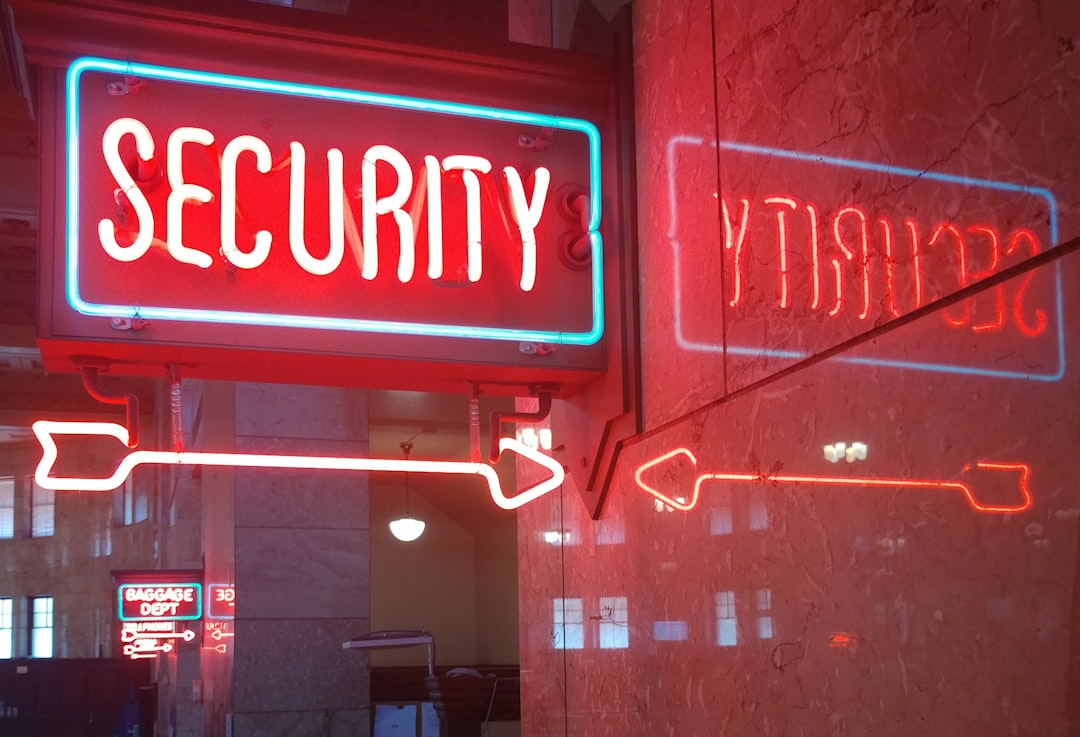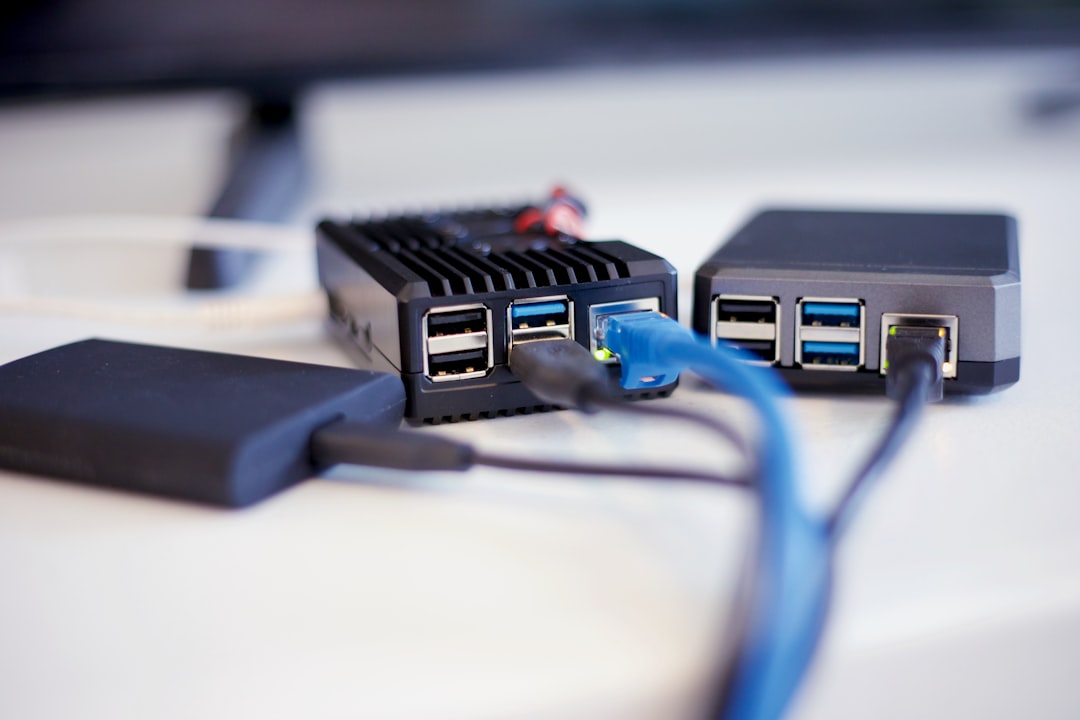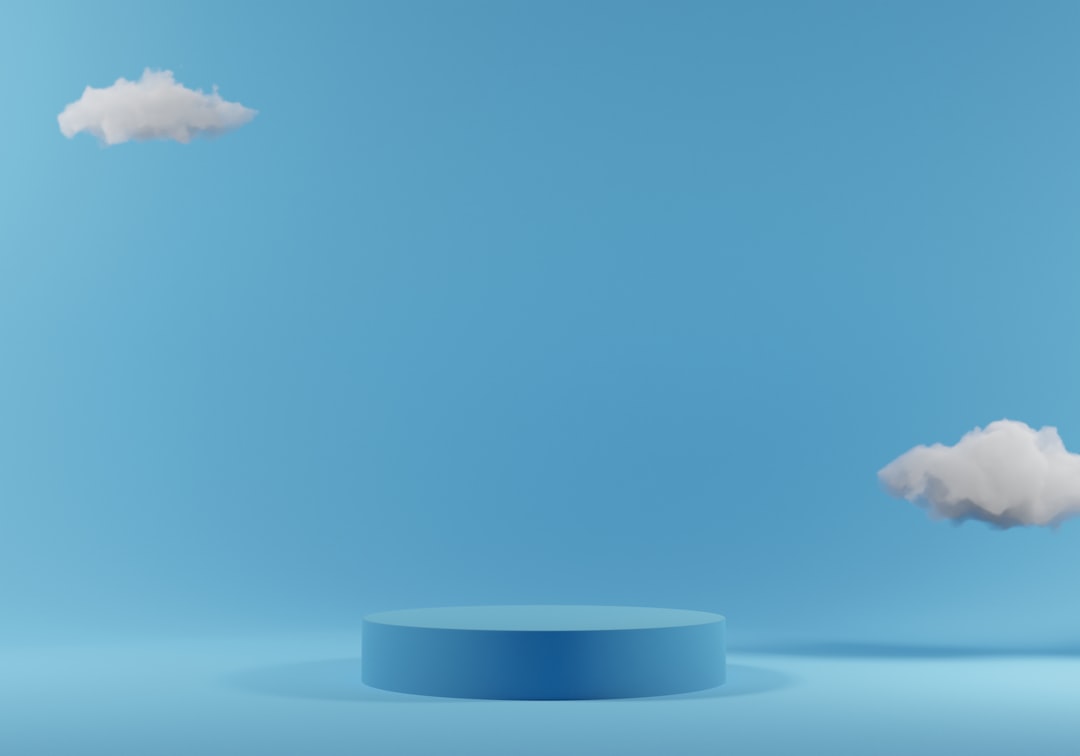So, you’re browsing your favorite site, or maybe even your own, and then—bam! You see it. That dreadful Cloudflare Error 521. It’s not the end of the world, though. With a few quick tips, you’ll be back on track in no time.
Let’s break it down and make it fun (yes, even fixing errors can be fun!).
What is Error 521?
Cloudflare Error 521 happens when your website’s server refuses to connect to Cloudflare. In simple words, Cloudflare tried to reach your site, knocked on the door, and nobody answered. Uh-oh.

So what causes this? Usually, it’s because:
- The server is down.
- The server is blocking Cloudflare.
- Something’s off with firewall or security settings.
Tip #1: Check if Your Web Server is Alive
Sometimes the server just… quits. Maybe it crashed, maybe it’s napping. Either way, we have to wake it up.
Here’s what you can do:
- Log into your hosting dashboard (GoDaddy, Bluehost, your pick).
- Check the status or uptime tab.
- If it’s down, restart it or contact support.
Pro tip: Use tools like Pingdom or Down for Everyone or Just Me to check if your site’s down globally.
Tip #2: Whitelist Cloudflare IPs
Your server may be blocking Cloudflare’s IPs. Yes, even the good guys get blocked sometimes!
To unground them, do this:
- Log in to your server or hosting interface.
- Find your firewall or security settings.
- Whitelist all of Cloudflare’s IP addresses.
Cloudflare has a whole range of IPs, so don’t skip any!
Tip #3: Check Your .htaccess File
If you’re using Apache on your server, the .htaccess file can be a culprit.
Look for rules that might be denying access to Cloudflare IPs or visitors. Weird redirects and denies? Time to review or remove those.
Not comfortable tweaking that file? Ask your developer or host for help. Better safe than sorry.
Tip #4: Look at Your Web Server’s Error Logs
Error logs are like black boxes on a plane. They know everything.
Find them in your hosting panel or web server directory. Look for messages around the time Error 521 popped up.

This can reveal:
- Blocked IPs
- Connection refusals
- Crashes or overloads
Fixing those can clear up the whole mess.
Tip #5: Talk to Your Hosting Provider
Sometimes it’s easier to ask for help. Hosting support teams deal with this stuff every day.
Drop them a message with these details:
- The full error code (521)
- When it started
- Any changes you recently made
They can check server settings, firewall issues, and give tailored advice.
Bonus Tip: Get into “Development Mode”
While fixing things, use Cloudflare’s Development Mode. It turns off caching and lets you see real-time changes.
Here’s how:
- Log into your Cloudflare dashboard.
- Choose your domain.
- Find “Development Mode” and click to enable.
This helps you avoid pulling your hair out over cached errors.
Keep it Flowing
Cloudflare is great for speed and security, but it needs your server to play nice. When Error 521 shows up, remember to take a breath. It’s fixable.
Stay calm, follow the tips, and you’ll likely solve the issue in minutes. Tech doesn’t have to be scary—it’s just a puzzle. And now you know how to solve it!
Happy browsing, and may your site always be live and thriving!


